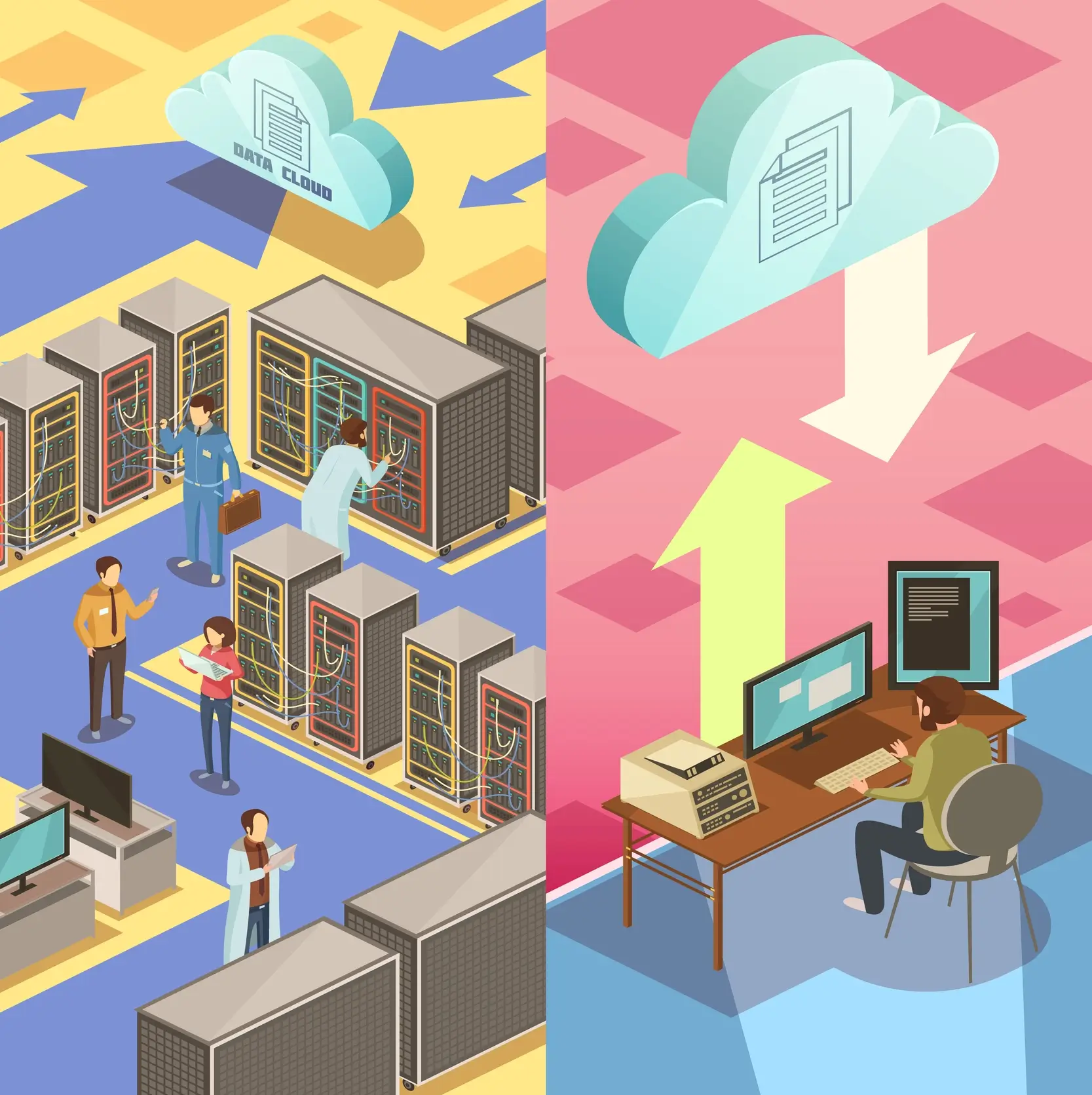Overview
A Software-Defined Data Center (SDDC) is a data center where all infrastructure elements, including compute, storage, networking, and security, are virtualised and delivered as a service. Instead of configuring hardware devices manually, administrators manage resources through software, giving greater flexibility, automation, and efficiency.
What Problem Does It Solve?
Traditional data centers depend heavily on hardware, which makes scaling and reconfiguring complex and slow. SDDC solves this by abstracting hardware functions into software, allowing enterprises to allocate resources on demand, automate provisioning, and reduce operational overhead. This helps organisations keep up with cloud-driven agility and hybrid IT models.
How It Works
-
Compute virtualisation: Servers are abstracted into pools of virtual machines that can be created and moved dynamically.
-
Storage virtualisation: Data is decoupled from physical storage devices, enabling flexible allocation and faster scaling.
-
Network virtualisation: Functions such as routing, firewalls, and load balancing run in software rather than dedicated appliances.
-
Management and automation: Centralised software platforms orchestrate resources, enforce policies, and automate routine tasks.
Everyday Benefits
- Faster deployment of applications and workloads.
- Consistent policies across private, hybrid, and multi-cloud environments.
- Reduced dependence on specialised hardware.
- Improved disaster recovery through software-based replication and failover.
Deployment Considerations
Moving to an SDDC requires investment in virtualisation platforms, orchestration tools, and staff training. Integration with existing IT and cloud systems is also critical. While large enterprises often lead adoption, SDDC principles are increasingly relevant for mid-sized businesses looking for cloud-like agility within their own data centers.

